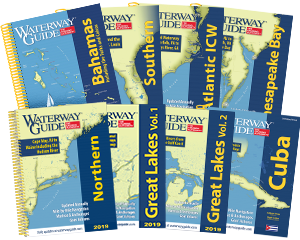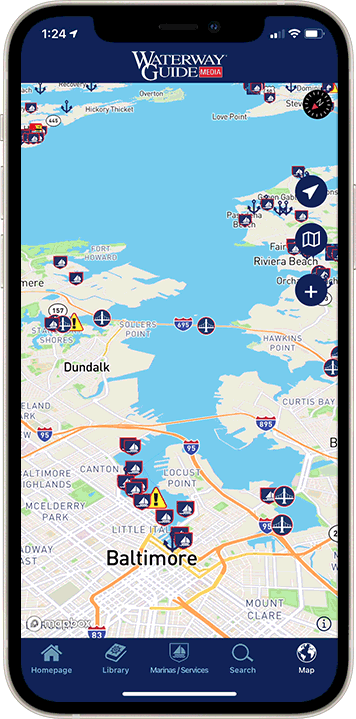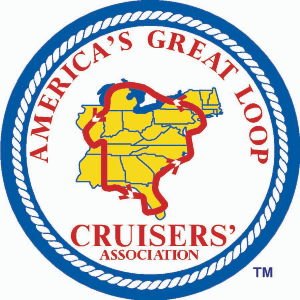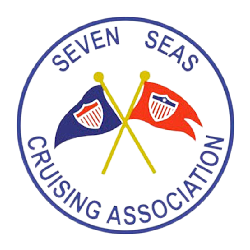Explore Our Latest News & Articles
When we first bought our 48' DeFever, Janthina, my body had already begun presenting its own set of challenges. Yet, here we are, eight years later, still cruising. This season, we'll spend over four months on the boat travling more than 2000 miles along the Eastern Seaboard. It's a voyage we're very grateful to continue. We're not extraordinary; we're part of a determined community of boaters living with physical hurdles. Many, like us, have embraced the cruising lifestyle long-term by finding ways to adapt.
Some of those adaptations are visible: customized gear, altered layouts, and clever tools that make daily tasks easier aboard. Other modifications are less tangible but just as vital: a shift in mindset, deepened patience, and trust in ourselves and each other. It's all part of how we keep doing what we love: living aboard and being on the water.
We chose our DeFever 48 Europa for her well thought out design. She sits low in the water, with high bulwarks and full-size boarding doors on both sides as well as at the transom, making her easy to board from almost any angle, in almost any kind of docking situation. To enhance safety when boarding and disembarking, we added overhead rails along the aft two-thirds of the boat. The rails are so convenient that most people use them.

On the swim platform, we installed two large staples to make boarding the boat easier, whether from the shore or the dinghy. Our cap rails are rough sanded, sealed teak. While they don't look as pretty as mirror-varnished rails do, they provide an extra measure of non-skid grip when needed during wet weather.
 We have installed extra hand holds at the lower helm, in the engine room, on the steps going up to the flybridge and elsewhere on the boat. These are used often by both of us. Our friends have made other modifications. Ray and Shelly Sirois, aboard Shellerina, have installed a bulwark seat so the admiral can flip it down and sit securely while tending lines in a lock or waiting to dock.
We have installed extra hand holds at the lower helm, in the engine room, on the steps going up to the flybridge and elsewhere on the boat. These are used often by both of us. Our friends have made other modifications. Ray and Shelly Sirois, aboard Shellerina, have installed a bulwark seat so the admiral can flip it down and sit securely while tending lines in a lock or waiting to dock. 
They have also stretched ropes across the bow for extra stability while picking up the anchor or working with lines.

Other cruisers carry stepladders for easier and safer boarding or have adapted their dinghy winches to handle motorized bicycles/tricycles. In most cases all crew members make use of these added conveniences. Installing physical aids is straightforward; the greater challenge lies in agreeing to a shared understanding on what conditions lie within safe limits—beyond our usual Go/No-Go decision process. I personally don't like the idea that there are things that I shouldn't do anymore. Admitting that some activities are now off-limits is hard but, as the Admiral says, "If you want my half of the boat to get underway today, we both need to be safe." We have stopped doing marathon cruises, recognizing that fatigue is a safety hazard in itself. We're more cautious with the dinghy and have delayed departures to avoid adverse weather conditions. There are also activities and destinations that we skip altogether, simply because the expected demands are beyond "pleasure boating." We've learned to adjust on the fly, to say "no" when we need to, and to do so without regret. The results have been overwhelmingly positive and we still thoroughly enjoy our time on the water. There's a big difference between surrendering to limitations and thoughtfully navigating them. Even on the water, the Golden Mean holds true – there is a balance, an appropriate middle ground. With a bit of luck and a splash of pragmatism, we hope to be cruising for many more years and enjoying every minute of it.












